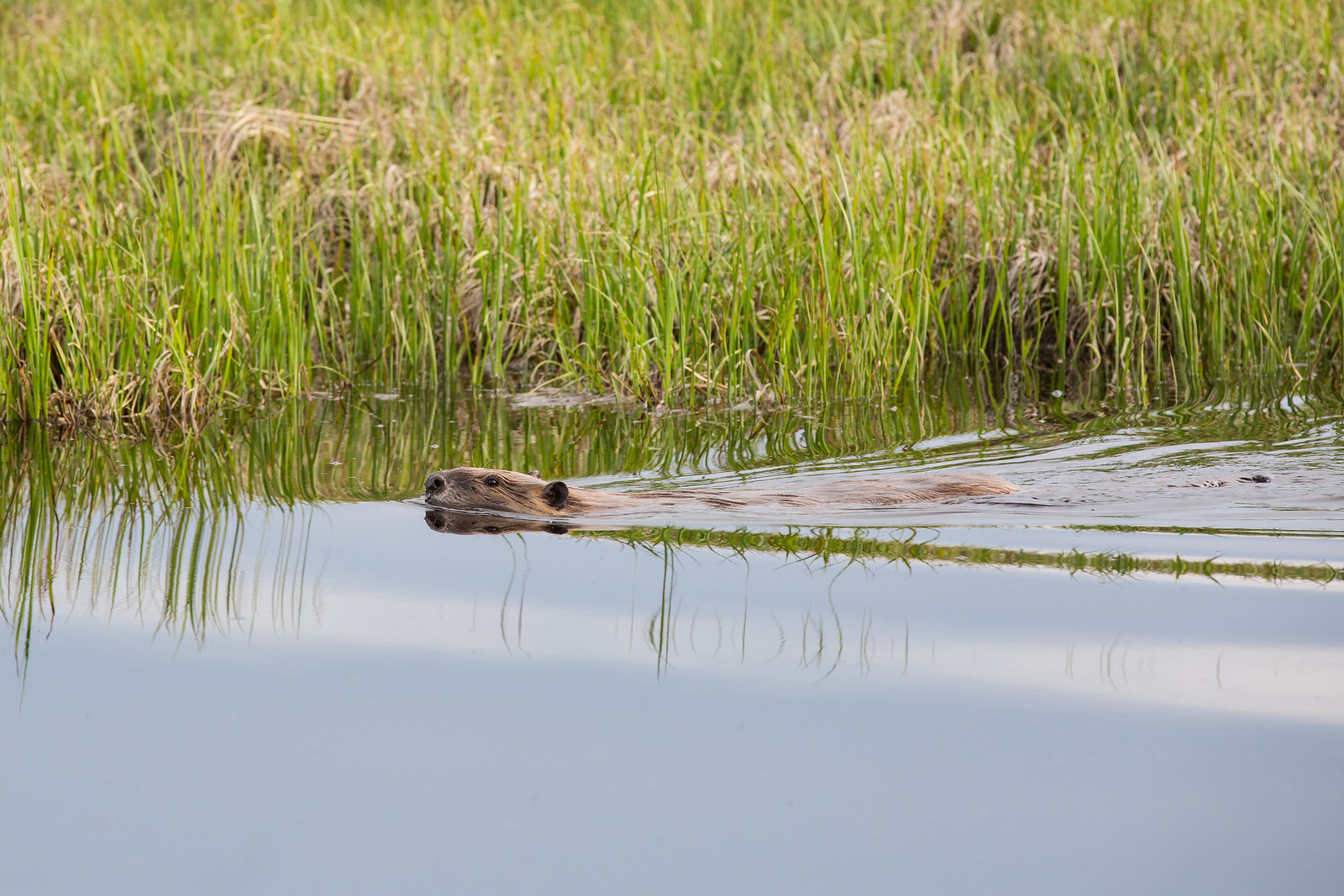When Beavers Do It Better: A Lesson in Letting Nature Lead
When governments stall and bureaucracies tangle themselves in red tape, nature often steps in with a solution. That’s exactly what happened in the Czech Republic, where a group of beavers did what humans couldn’t—build a dam that saved a river.
Authorities had long debated a plan to construct a dam to protect the Klabava River from sediment and acidic runoff. The project was expensive ($1.2 million), bogged down in permitting issues, and seemingly going nowhere. But while officials argued, eight beavers got to work.
Very quickly, they built the perfect dam—efficient, durable, and strategically placed to maximize water quality and habitat benefits. Their structure not only stabilizes the river but also creates a thriving wetland that supports fish, birds, other mammals, and even humans. And unlike human-made infrastructure, the beavers will maintain it for free, continuously adapting it to meet the ecosystem’s needs.
As Jaroslav Obermajer of the Czech Nature and Landscape Protection Agency put it: “Beavers always know best. The places where they build dams are always chosen just right—better than when we design it on paper.”
This story is more than just a feel-good moment—it’s a lesson in humility. Too often, wildlife management follows the thought process that we must control, manage, and engineer nature to function properly. But in reality, ecosystems have been self-regulating for millions of years. Instead of constantly trying to dominate the natural world, what if we stepped back and let it do what it does best?
We can follow the lead of the Czech officials. Instead of rejecting this unplanned intervention, those folks embraced it. As environmental journalist Ben Goldfarb said:“Instead of saying, ‘That wasn’t what we planned originally,’ they recognized that these animals are filling that ecological function very well and said, ‘We’re going to let them keep doing it.'”
 Beavers: Nature’s Master Engineers
Beavers: Nature’s Master Engineers
For decades, scientists have recognized that the North American beaver (Castor canadensis) provides a host of ecological benefits across its range, from northern Mexico to Alaska. Beaver ponds and wetlands:
✔ Filter out water pollution
✔ Support salmon and other fish species
✔ Sequester carbon
✔ Control flooding
✔ Serve as natural firebreaks
These structures also create habitat for scores of other species, from aquatic insects, fish, and amphibians to larger creatures like herons, whooping cranes, moose, and bison. In fact, the largest beaver dam on record—located in Wood Buffalo National Park, Canada—stretches the length of seven football fields and is so massive it can be seen from space.
Beavers don’t just help nature; they help humans too. In Oregon, beavers built dams on the property of a multimillion-dollar stormwater treatment facility. When scientists studied the results, they found that the beavers filtered out heavy metals and other pollutants twice as effectively as the human-built system.
 Beavers: America’s Best Firefighters
Beavers: America’s Best Firefighters
The benefits of beaver engineering are even clearer in the face of wildfires. After the Sharps Fire in Idaho scorched mountainsides and forests, entire landscapes were reduced to ash—except in the valleys where beavers had been at work. There, the land remained lush, wet, and green.
Recent studies confirm that beavers are among nature’s best firefighters. By building dams, forming ponds, and digging canals, they irrigate vast stream corridors and create fireproof refuges where plants and animals can shelter. In some cases, their wetlands can even stop fire in its tracks.
“It doesn’t matter if there’s a wildfire right next door,” says study leader Emily Fairfax, an ecohydrologist at California State University Channel Islands. “Beaver-dammed areas are green and happy and healthy-looking.”
Beavers aren’t just dam-builders; they’re ecosystem engineers who create wetlands, sequester carbon, and enhance biodiversity. Yet in North America, they’re often trapped and killed as nuisances. Imagine what would change if, instead of removing them, we embraced their role in restoring degraded landscapes.
Despite their immense ecological benefits, beavers are still trapped and hunted in every U.S. state, often treated as nuisances rather than the keystone species they are. Their dams, which slow water, reduce wildfires, and create vital wetland habitats, are frequently labeled as problems and destroyed to accommodate short-term human interests. People complain that beavers eat and use their favorite trees for dams without looking at the larger picture.
Time and time again, we see that beavers provide far more value alive than as a pelt. It’s time to shift our perspective—to recognize beavers not as pests, but as partners in conservation. Instead of killing them for a fur coat, we should be protecting and working alongside them to restore ecosystems, build climate resilience, and secure clean water for future generations.
This Czech beaver brigade offers a powerful reminder: nature knows what it’s doing. Too often, humans believe we must control nature to make it function properly. But in reality, ecosystems have been self-regulating for millions of years. Instead of constantly trying to dominate the natural world, what if we stepped back and let it do what it does best?
Beavers already have the blueprint—we just need to get out of their way.

